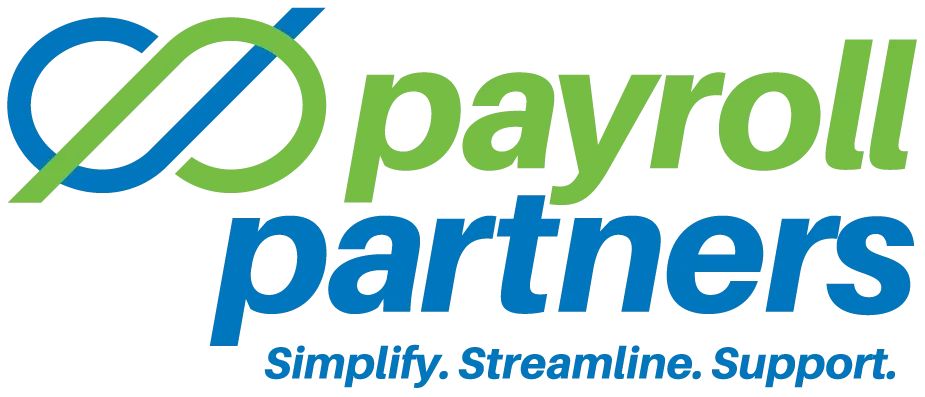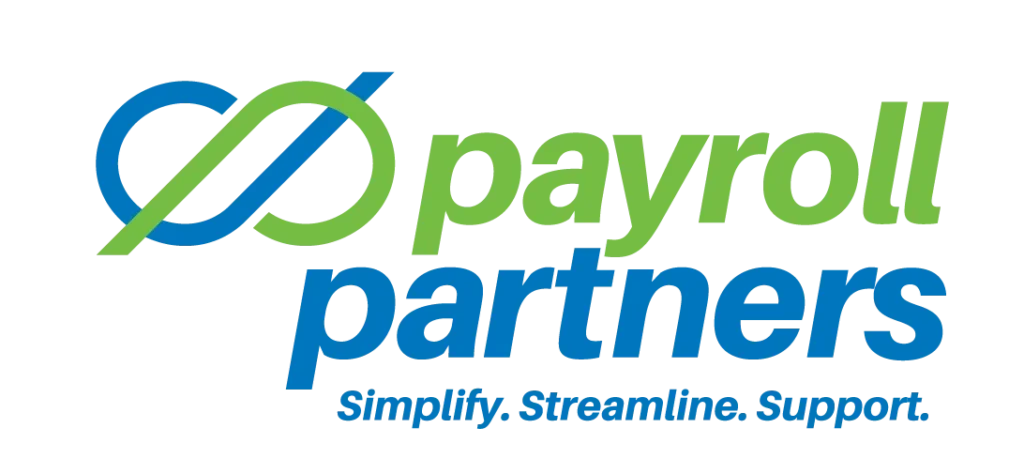As a service to our Church clients, we are posting this article which has been copied from the Evangelical Council on Financial Accountability (ECFA) April 8th email notice sent to its Members. Please feel free to reach out to the ECFA with further questions and comments.
- Religious liberties. Are we endangering the religious liberties of our church by participating in the Paycheck Protection Program (PPP)? We believe the most important questions concerning religious liberties have been satisfied with the pronouncements about faith-based organizations from the Small Business Administration (SBA). However, these issues must be evaluated by each church.
According to the SBA, receipt of a PPP loan “does not (1) limit the authority of religious organizations to define the standards, responsibilities, and duties of membership; (2) limit the freedom of religious organizations to select individuals to perform work connected to that organization’s religious exercise; nor (3) constitute waiver of any rights under federal law.
Simply put, a faith-based organization that receives a loan will retain its independence, autonomy, right of expression, religious character, and authority over its governance, and no faith-based organization will be excluded from receiving funding because leadership with, membership in, or employment by that organization is limited to persons who share its religious faith and practice.”
Churches are required to adhere to certain “nondiscrimination obligations” during the duration of the loan—usually eight weeks. These obligations require that churches that receive loans “may not discriminate on the basis of race, color, religion, sex, handicap, age, or national origin with regard to goods, services, or accommodations offered.” In other words, if a church runs a soup kitchen, it cannot refuse to serve a person of a different faith. The document also reiterates that these nondiscrimination obligations do not apply to the church’s employment policies.
- Good faith certification. Borrowers must certify that the uncertainty of current economic conditions makes necessary the loan request to support the ongoing operations of the borrower. Does this mean our church must currently be in financial jeopardy? In our opinion, No. This appears to be a more general threshold which could be met by many churches.
- Minister’s housing allowance. Should we include the minister’s housing allowance in calculating our eligible PPP loan amount? Probably so. The Small Business Administration (SBA) has not issued guidance on this question. The housing allowance is part of a minister’s total compensation expense for the church.
- Baseline year. Should we use 2019 as our baseline year for computing our eligible PPP loan amount or the 12-month period prior to the date of the loan? You may use either. It will generally be easier to calculate the salary data using the 2019 calendar baseline. However, it could be more advantageous to use the 12-month period prior to the date of the loan as your baseline. It might be wise to calculate the loan amount both ways before deciding on which one to actually submit.
- Benefits that staff are paid over $100,000. The CARES Act limits compensation included in the amount eligible for a PPP loan to $100,000 per employee. Do we need to allocate noncash benefits based on the amount up to $100,000 per employee and also the amount over $100,000? No. The exclusion of compensation in excess of $100,000 annually applies only to cash compensation, not to non-cash benefits. You may include 100% of the benefits for retirement plans and group healthcare plans for such employees in addition to their maximum cash compensation of $100,000.
- Confirming the accuracy of payroll costs in determining your loan request. The PPP Interim Final Rule states that lenders must “[c]onfirm the dollar amount of average monthly payroll costs for the preceding calendar year by reviewing the payroll documentation submitted with the borrower’s application.” Does that require the lender to replicate every borrower’s calculations? No. Providing an accurate calculation of payroll costs is the responsibility of the borrower, and the borrower attests to the accuracy of those calculations on the Borrower Application Form. Lenders are expected to perform a good faith review, in a reasonable time, of the borrower’s calculations and supporting documents concerning average monthly payroll cost. For example, minimal review of calculations based on a payroll report by a recognized third-party payroll processor would be reasonable. In addition, as the PPP Interim Final Rule indicates, lenders may rely on borrower representations, including with respect to amounts required to be excluded from payroll costs.
- Payments to independent contractors. Should payments that an eligible borrower made to an independent contractor or sole proprietor be included in calculations of the eligible borrower’s payroll costs? No. Any amounts that an eligible borrower has paid to an independent contractor or sole proprietor should be excluded from your payroll costs. However, an independent contractor or sole proprietor will itself be eligible for a loan under the PPP, if it satisfies the applicable requirements.
- Modifying our PPP loan application. We filed or approved a loan application based on the version of the PPP Interim Final Rule published on April 2, 2020. Do we need to take any action based on updated guidance from the SBA? No. Borrowers and lenders may rely on the laws, rules, and guidance available at the time of the relevant application. However, borrowers who previously submitted loan applications that have not yet been processed may revise their applications based on clarifications reflected in subsequent SBA guidance.
- Accounting for federal taxes. How should a borrower account for federal taxes when determining its payroll costs for purposes of the maximum loan amount, allowable uses of a PPP loan, and the amount of a loan that may be forgiven? Under the CARES Act, payroll costs are calculated on a gross basis without regard to (i.e., not including subtractions or additions based on) federal taxes imposed or withheld, such as the employee’s and employer’s share of Federal Insurance Contributions Act (FICA) and income taxes required to be withheld from employees. As a result, payroll costs are not reduced by taxes imposed on an employee and required to be withheld by the employer.
For example, an employee who earned $4,000 per month in gross wages, from which $500 in federal taxes was withheld, would count as $4,000 in payroll costs. The employee would receive $3,500, and $500 would be paid to the federal government. However, the employer-side federal payroll taxes imposed on the $4,000 in wages are excluded from payroll costs under the statute.
- Reaching the $349 billion limit for PPP loans. If the $349 billion limit is reached, will Congress appropriate more money for these loans? While there are no guarantees, Congress will be under extreme pressure to increase funding for this program that is vital to nonprofits and other employers during this time. We understand that Congress is considering another back-stop bill to provide $250 billion more in PPP funding.
BONUS: What if I have further questions? ECFA’s webpage, ecfa.org/covid19, is updated constantly with new information including webinars, articles, and links to important source documents. We are working overtime to keep you informed about relevant news and updates. We are also praying by name for each ECFA-accredited member, asking specifically for God’s leading, provision and blessing.
Payroll Partners is committed to helping clients stay informed about payroll, tax and human resource news, developments and current events. This article is intended to provide readers with general information on tax matters. The article does not constitute, and should not be treated as professional advice regarding the use of any particular tax practice. All efforts have been made to assure the accuracy of the information. Payroll Partners does not assume responsibility for any individual’s reliance upon the information provided in the article. Readers should independently verify all information before applying it to a particular fact situation, and should independently determine the impact of any particular tax practice. If you are seeking tax, financial or human resources advice, you are encouraged to consult a licensed professional.

